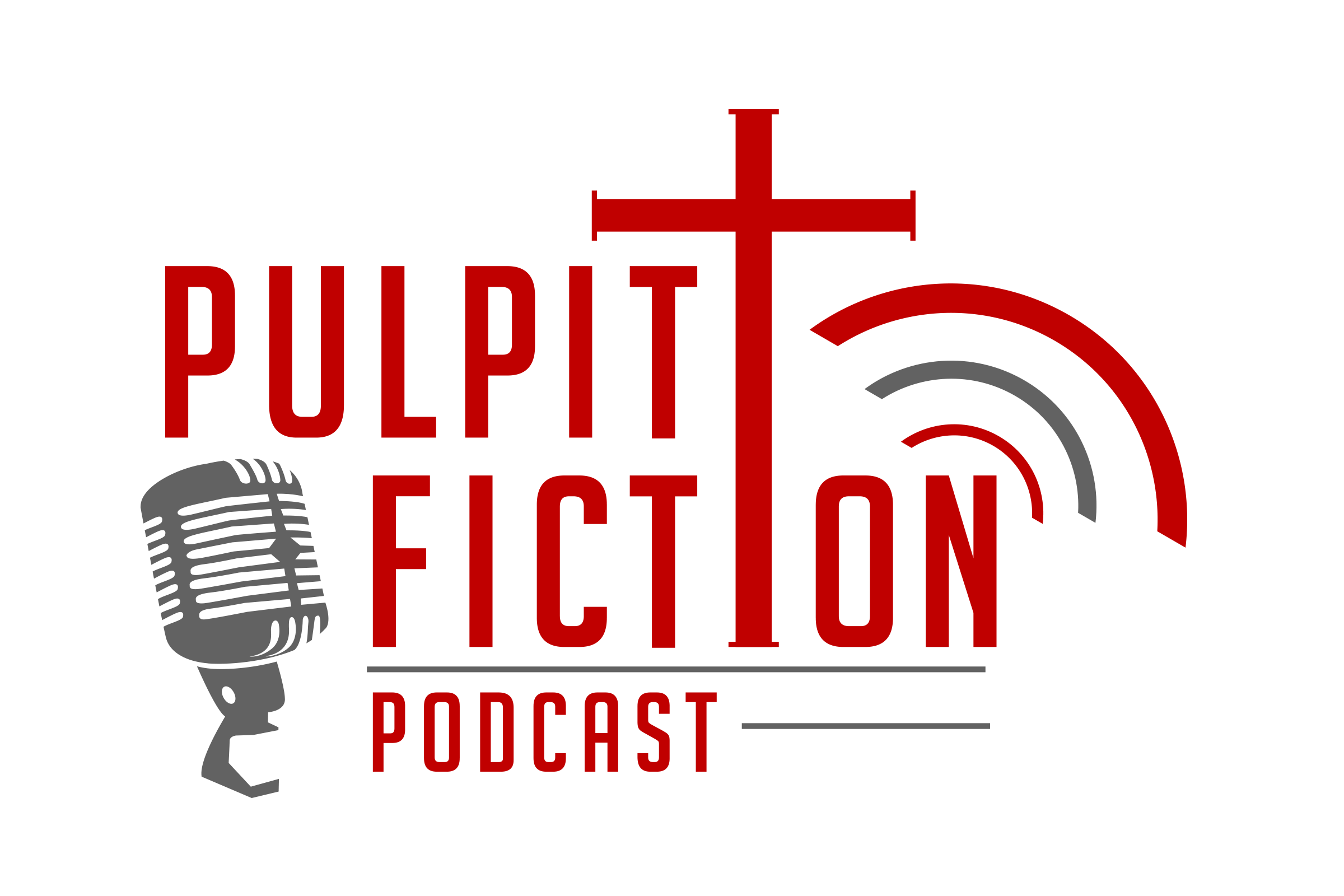NL 221: Jesus Heals and Teaches
Mark 2:1-22
Initial Thoughts
RCL Epiphany 7 and 8, which we rarely get - only when Easter is extremely late.
Picks up where we left off, but next week skips 2:23-3:33 (all of chapter 3)
Picking the heads of wheat on the Sabbath
Jesus healing on the Sabbath
Crowds gathering
Appoints 12 apostles
Accused of being “The ruler of demons.”
Jesus asks “who is my mother? Who are my brothers?”
Bible Study
V. 1-12 Razing the roof and forgiving sins
This is paralleled in Matthew 9:1-8
After the healings from last week, crowds are gathering.
Logs use as roof beams supported most Galilean roofs; reeds or branches were laid across these logs, then the whole was overlaid with packed mud or clay. Such roofs were stable enough for walking, but one could break through them by digging. A staircase or in some cases a ladder led to the roof.” (Cultural Backgrounds Study Bible, pg. 1703)
Jesus sees the faith of his friends
Return of the Jedi quote: Luke says to the Emperor “Your confidence is your weakness.” Emperor replies “Your faith in your friends is yours.” This theme very big in newest Star Wars movie.
Jesus doesn’t just heal the man, he forgives his sins.
This story “forms the fifth and last of a series of healing accounts in 1:21-2:12, the pronouncement story is the first of a series of five controversies in 2:1-3:6.
“Son of Man” or “Human One.” Many criticize the Common English Bible’s use of the phrase “Human One.” The phrase “Son of Man” is a mysterious one that is not easily understood, but is a way that Jesus describes himself often. Many point to Daniel 7:13, which the Common English translates to “I suddenly saw one like a human being coming with the heavenly clouds.”
About this “one like a human being” it is said “Rule, glory, and Kingship were given to him; all peoples, nations, and languages will serve him.”
This messianic text is taken to be the source of the phrase. Older translations make Daniel 7:13 “one like the son of man.”
The NIV notes on Daniel 7:13 “The Aramaic phrase bar enash means human being. The phrase son of man is retained here because of its use in the New Testament as a title of Jesus, probably based largely on this verse.”
The CEB notes on Daniel 7:13 is “Kebar enash” means is an idiom that means “like a human being.”
So both claim that Daniel 7:13 means “like a human being,” but the NIV (and other translations) work backwards to make it match Jesus’ words, which were traditionally translated to the term “Son of Man.
Mark Davis translates “Son of Man” to “son of humanity,” and has an extensive article on the matter of Mark and Daniel and this peculiar title, which seems to blend humanity and divinity, but he claims that Jesus uses it to highlight his humanity and humility.
V. 13-17 Calling Levi the tax collector
Controversy over who Jesus is hanging out with - too many sinners.
Jesus response: “Healthy people don’t need a doctor, but sick people do. I didn’t come to call righteous people, but sinners.” (v. 17)
“The issue centers in the fact that Jesus eats with outcasts. This question of table fellowship also foreshadows and reflects why the story was treasured.” (Williamson, p. 68)
Interesting parallel to Mark 1 - Jesus calls a disciple, who (like the fishermen) leaves his profession to follow Jesus, at which point Jesus goes to their house for a meal (just like going to Peter’s house in Mark 1)
V. 18-22 Questioned about fasting
Controversy over how he behaves - not enough fasting.
Jesus’ response: “No one fasts when the groom is with them.” It’s not time to fast. We don’t put new wine in old wineskins. We put new wine in new wineskins.
They aren’t party to old customs. They are celebrating something new.
“The passage depicts a group so preoccupied with certain religious forms that they were unable to recognize the substance these forms were designed to preserve. This quality, characteristic of Jesus’ opponents then, all too often marks the churches that bear his name today.” (Lamar Williamson, Interpretation: Mark, p. 71)
Thoughts and Questions
“A fascinating element in the passage is the relation of sin to paralysis, of forgiveness to healing, and of faith to both healing and forgiveness. The text does not specify any particular sin on the part of the paralytic, nor is guilt mentioned. Yet the point at which Jesus injects his word of forgiveness shows that he perceives sin to be the man’s real problem. It would be wrong to extrapolate from this case the general principle that all illness (or all paralysis) is the result of sin… The forgiveness and healing of the paralytic is but one among many Marcan examples of the good news that Jesus came to proclaim and that readers are invited to believe.” (Lamar Williamson, Interpretation: Mark, p. 64-65).
Questions asked of Jesus in this passage:
Legal experts muttering: “Why does he speak this way?”
Legal experts from among the Pharisees: “Why is he eating with sinners and tax collectors?”
Some people: “Why do John’s disciples and the Pharisees’ disciples fast, but yours don’t?”
These questions are at the heart of who he is, who is with, and what he does. The answers to these questions are still the heart of Jesus’ ministry. The questions, asked by Jesus’ opponents and casual observers, mark Jesus as peculiar, even radical in his message. One may question today the church’s message, who goes, and what it does, would still cause any great concern among anyone.
Opening music: Misirlou, One Man 90 Instruments by Joe Penna/MysteryGuitarMan at MIM
Closing Song by Bryan Odeen
